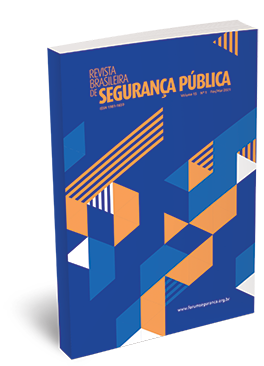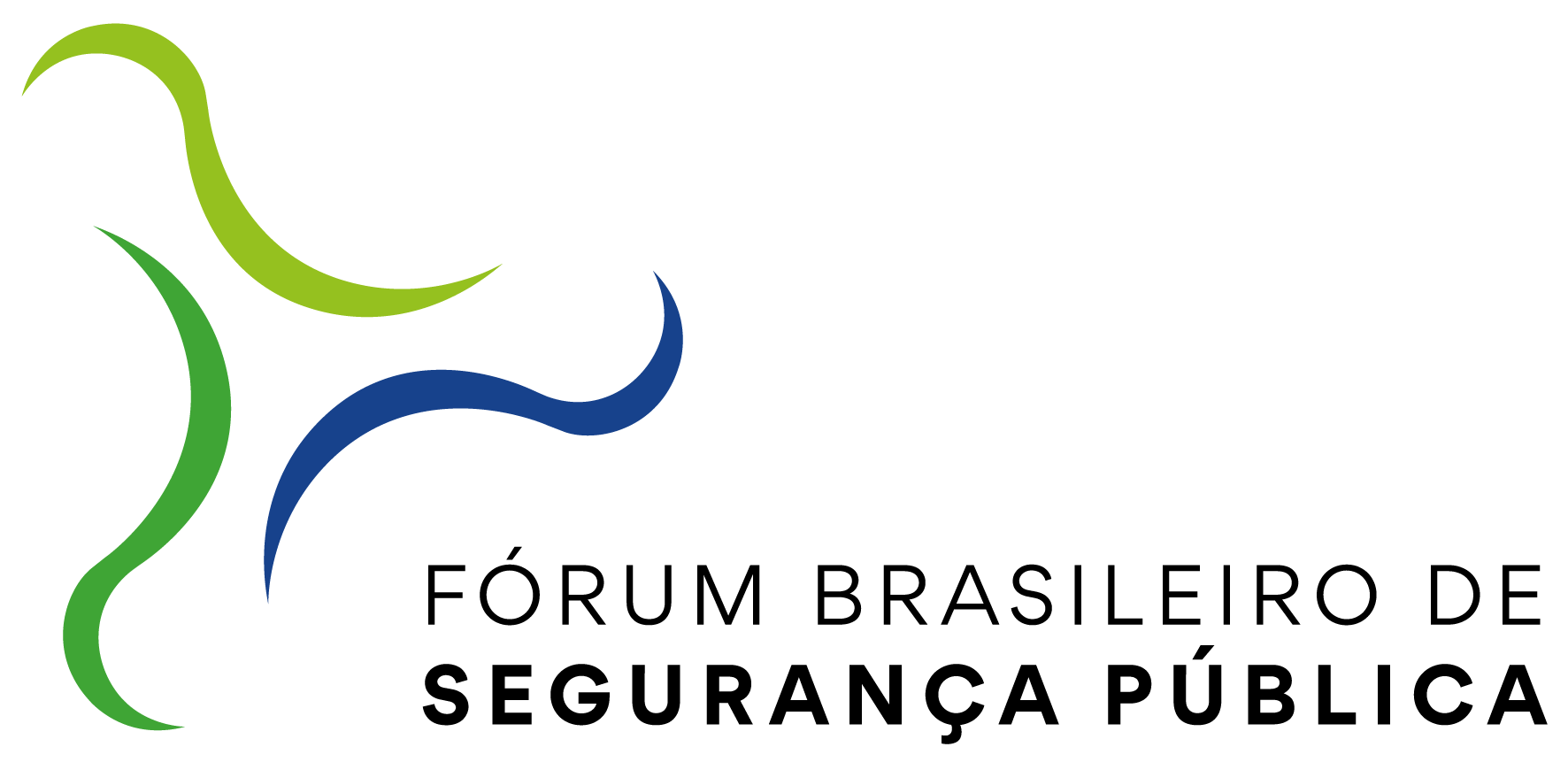Impacto of management on criminality indicators:
applying the SIGA Method of embedded technology in areas of highest occurrence of crimes
DOI:
https://doi.org/10.31060/rbsp.2021.v15.n1.1009Keywords:
Police Management. Circumscription. Operational Staff. Work Indicators. Embedded technologyAbstract
Constitutional Amendment 19/98 included the Principle of Efficiency in art. 37 of the Federal Constitution, being mandatory by the public administration. In addition, in view of the tendency to reduce the number of police officers, with no perspective of change, it is essential that the police manager knows and applies methodologies to qualify the service of his staff. The objective of this study is to analyze the application of the SIGA Method of embedded technology in areas with the highest occurrence of crimes and its impact. The methodology is quantitative in nature, being an exploratory case study in the 20th Military Police Battalion in Rio Grande do Sul and also a bibliographic and documentary review. The results show that there was a 12.4% reduction in crime indicators in the area of application of the SIGA Method, while outside that area there was an increase of 4.4%. Regarding the impact of applying the SIGA Method on crime indicators, it appears that, between the area of application of the Method and outside it, there was a difference of more than 16% in crime indicators. The crime indicators that were reduced after the application of the SIGA Method were: theft by pedestrians, theft and theft of vehicles, theft by commercial establishments and intentional homicide. Our conclusion implies that the SIGA Method corresponds to a means of guiding the operational management of an ostensive police corporation regarding the number of police officers that should be allocated, based on crime indicators.
Downloads
References
BRASIL. Ministério do Exército. Manual Básico de Policiamento Ostensivo. Porto Alegre: CORAG.
BRATTON, William J.; MALINOWSKI, Sean W. Police performance management in practice: Taking COMPSTAT to the next level. Policing: A Journal of Policy and Practice, v. 2, n. 3, p. 259-265, 2008.
CHIAVENATTO, Idalberto. Recursos Humanos. 10. ed. São Paulo: Atlas, 2015.
COLLADOS, Miguel Camacho. Statistical Analysis of Spatio-Temporal Crime Patterns: Optimization of Patrolling Strategies. 2016. 173 f. Tese (Doutorado em Estatística) –Universidade de Granada, Espanha, 2016.
CRITCHLOW, Rob et al. Improving Ranger Patrol Effectiveness and Efficiency Using Law Enforcement Monitoring Data. Uganda, 2014.
FÓRUM BRASILEIRO DE SEGURANÇA PÚBLICA. Anuário Brasileiro de Segurança Pública de 2017. São Paulo: Fórum Brasileiro de Segurança Pública, 2017.
FREITAS, Juarez. O controle dos atos administrativos e os princípios constitucionais. 5. ed. São Paulo: Malheiros, 2013.
GIL, Antônio Carlos. Métodos e técnicas de pesquisa social. 8. ed. São Paulo: Atlas, 2012.
GREENE, Jack R. (Org.). Administração do Trabalho Policial. São Paulo: EDUSP, 2002.
KARN, Jacqui. Policing and Crime Reduction: The evidence and its implications for practice. Police Foundation, 2013.
KVIETINSKI, Egon Marques. Método para Utilização de Tecnologia Embarcada e de Indicadores de Trabalho na Gestão de Efetivo Operacional. 2015. 34 f. Trabalho de Conclusão de Curso (Especialização em Políticas e Gestão em Segurança Pública) – Academia de Polícia Militar, Porto Alegre, 2015.
MOHLER, G. O. et al. Randomized Controlled Field Trials of Predictive Policing. Journal of the American Statistical Association, v. 110, 2015.
NIQUE, W.; LADEIRA, W. Pesquisa de marketing: uma orientação para o mercado brasileiro. São Paulo: Atlas, 2014.
ODON, Tiago Ivo. Segurança Pública: os Brasileiros Não Podem Mais Esperar. Brasília, DF, 2018.
RACHIDE, Rinaldo Rodrigues. Inovação Tecnológica Utilizando GPS e GPRS no Policiamento Rodoviário do Estado de São Paulo. 2009. 116 f. Trabalho de Conclusão de Curso (Aperfeiçoamento de Oficiais) – Centro de Aperfeiçoamento e Estudos Superiores, São Paulo, 2009.
RIO GRANDE DO SUL. Nota de Instrução Operacional nº 30, de 7 de agosto de 2008. Institui os indicadores de eficiência operacional e de criminalidade da Brigada Militar. Boletim Geral, Porto Alegre, 2008.
ROESCH, S. Projetos de estágio e de pesquisa em administração. 5. ed. São Paulo: Atlas, 2010.
SHERMAN, Lawrence W. Evidence-Based Policing. Arlington, VA: Police Foundation, 1998.
SILVEIRA NETO et al. Avaliação de política pública para redução da violência: o caso do programa Pacto pela Vida do Estado de Pernambuco. In: ENCONTRO NACIONAL DE ECONOMIA, 41, 2013, Foz do Iguaçu. Anais... Foz do Iguaçu: ANPEC, 2013.
TELEP, Cody W.; WEISBURD, David. What is known about the effectiveness of police practices in reducing crime and disorder?. Police quarterly, v. 15, n. 4, p. 331-357, 2012.
VERGARA, Sylvia Constant. Métodos de pesquisa em administração. São Paulo: Atlas, 2005.
YIN, Robert K. Estudo de caso: planejamento e métodos. 2. ed. Porto Alegre: Bookman, 2010.
Published
How to Cite
Issue
Section
License
Copyright (c) 2021 Revista Brasileira de Segurança Pública

This work is licensed under a Creative Commons Attribution 4.0 International License.
Licensing
The Brazilian Journal of Public Security uses the Creative Commons License as a form of licensing for its published works. The license used follows the CC BY 4.0 - Attribution 4.0 International model.
To see the permitted rights please go to the full licence or to our Copyright and Licensing page.



